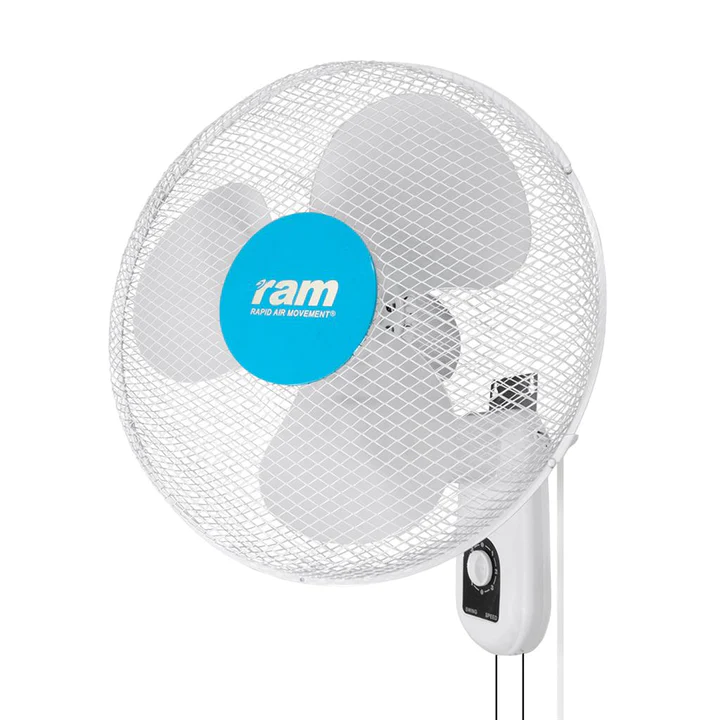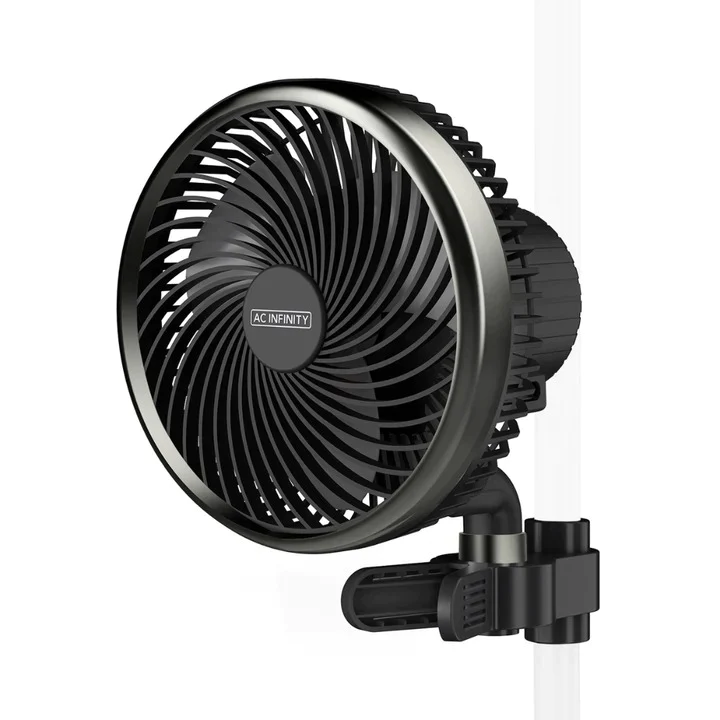Ventilation in a grow room is critical to growing healthy plants and ensuring that the growers are rewarded for their hard work.
That said, the surest way to reap a worthwhile return is to provide a stable environment for your prized plants. As an indoor grower, you need to ensure that environmental conditions replicate the best parts of nature in order to grow satisfactory plants.
Indoor plants love fresh air and optimal air circulation. That’s why growers should do a lot of research before starting indoor cultivation. Indoor growing requires a lot of research and experimentation to be successful. On the other hand, growing indoors offers you a unique opportunity to create better conditions than nature can organically provide your plants when growing outdoors.
How to Set Up a Fan in a Greenhouse
The size of your greenhouse determines how many fans it needs. You should install interior fans every 40 or 50 feet of greenhouse length.
It is critical to align fans with the longest greenhouse length to ensure the swirling air pattern needed for healthy air circulation. Air that is forced down one side of the greenhouse will return the other side.
However, it’s not enough to install indoor fans at the correct height; they must also be properly angled. By turning the fans toward the middle of the greenhouse, the greenhouse will most effectively achieve the rotating air pattern. An angle between 10 and 15 degrees is sufficient to allow air to flow.
Also, in addition to tilting the fans sideways, tilt them down so that the breeze hits the plants. Because the cooler air near the ground mixes with the warmer air above, the entire structure is perfectly balanced in temperature.

Features:
The ECO Farm wall fan has 3-speed variable design which easily switchs the 3-speed wind speed, adjust the output of the wall-mounted indoor fan to the most suitable room or environment. The 3-speed vibrating fan can be tilted to direct the airflow to the correct area of your space for precise directional cooling and enhance air circulation. The wall-mounted fan oscillates steadily from side to side, and the cold air is distributed in a wider area to optimize air circulation.
RAM — Oscillating Wall Fan 16″

Features:
Ideal as a wall fan for grow rooms, this 40-watt oscillating fan features 16-foot blades and three speed settings. For convenience, it has a pull cord and is not remote operated, so if the power goes out for any unforeseen reason, the fan will automatically restart instead of waiting for a remote start. Wall fans in the grow room are great for circulating the area to avoid any hot spot lighting.
AC Infinity Cloudray A6 Circulation EC Fan

Features:
The newly designed next-generation clip-on fan provides precise air circulation for all stages of plant growth. Utilize the cutting-edge EC motor with PWM control to access a wide range of fan speeds, from breeze to powerful airflow. Designed with an EC motor to provide precise air circulation for all stages of plant growth. Numerous 10 speeds, from gentle breeze for seedlings to strong airflow for flowering. The IP-44 rating is designed for use in growing environments and resists high humidity and heat.
Grow Tent Fan Buyers Guide
So, now you know why you must always choose the correct size of fan for your grow tent to keep your plants in their optimal condition. Most tents and setups will suffice with a fan of 6 inches, so this is a good baseline to start with.
However, before you purchase your fan, there are a few things to consider beforehand.
Number Of Speeds
The higher number of speed settings your fan includes, the more control you’ll have over your growing environment. You can either get a fan with adjustable settings, or purchase a variable speed control separately.
As we saw from most of the inline fans, this is normally necessary!
Now that you have a fan with varied speed settings, you can experiment with them and decide which is the most effective for your grow tent.
If you’re opting for a fan with varied speed settings, we also recommend looking at where the adjustable settings are. Some will have the dial at the back of the fan, but what about when you’re mounting the fan so that these aren’t accessible?
For this reason, we love fans that come with remote controls. They’re easier to use, convenient, and you don’t even have to enter the tent to adjust the fan speed.
Additional Safety Features
Grow tents need to be safe and stable for your plants, as well as your home. Fans often come with ETL listings and CETL approvals. These are made from safer parts and a more reliable build so that you don’t have to worry about them malfunctioning.
Of course, with so much equipment in a grow tent, it is always advised to be careful with what you keep on and running. Practice caution when it comes to any fan, as well as other equipment you have in your grow tent.
Ease Of Adjustments
The more control you have over your fan, the better. It allows you to direct the air wherever it most so that all of your plants can benefit from fresh air.
Most oscillating fans will move from left to right, but other more advanced models will be able to move in a figure 8 motion. This provides amazing air circulation to your entire tent.
Fans should be able to be tilted and adjusted so that you can move it around often. This will ensure that your plants never know where the air is being directed from, ensuring that they get a good daily workout for their stems.
Conclusion
You don’t need to worry about controlling the airflow in your culture space. Plants will thrive if you follow the advice in this guide and make sure the air in your home is constantly fresh.
We’ve covered a fair amount of material to give you grow tent-specific alternatives. Remember that the size of your tent and the climate inside will depend on what you’re growing. Mud, dirt and leaves will always be in your tent. Don’t forget to clean and care for your plants regularly.
